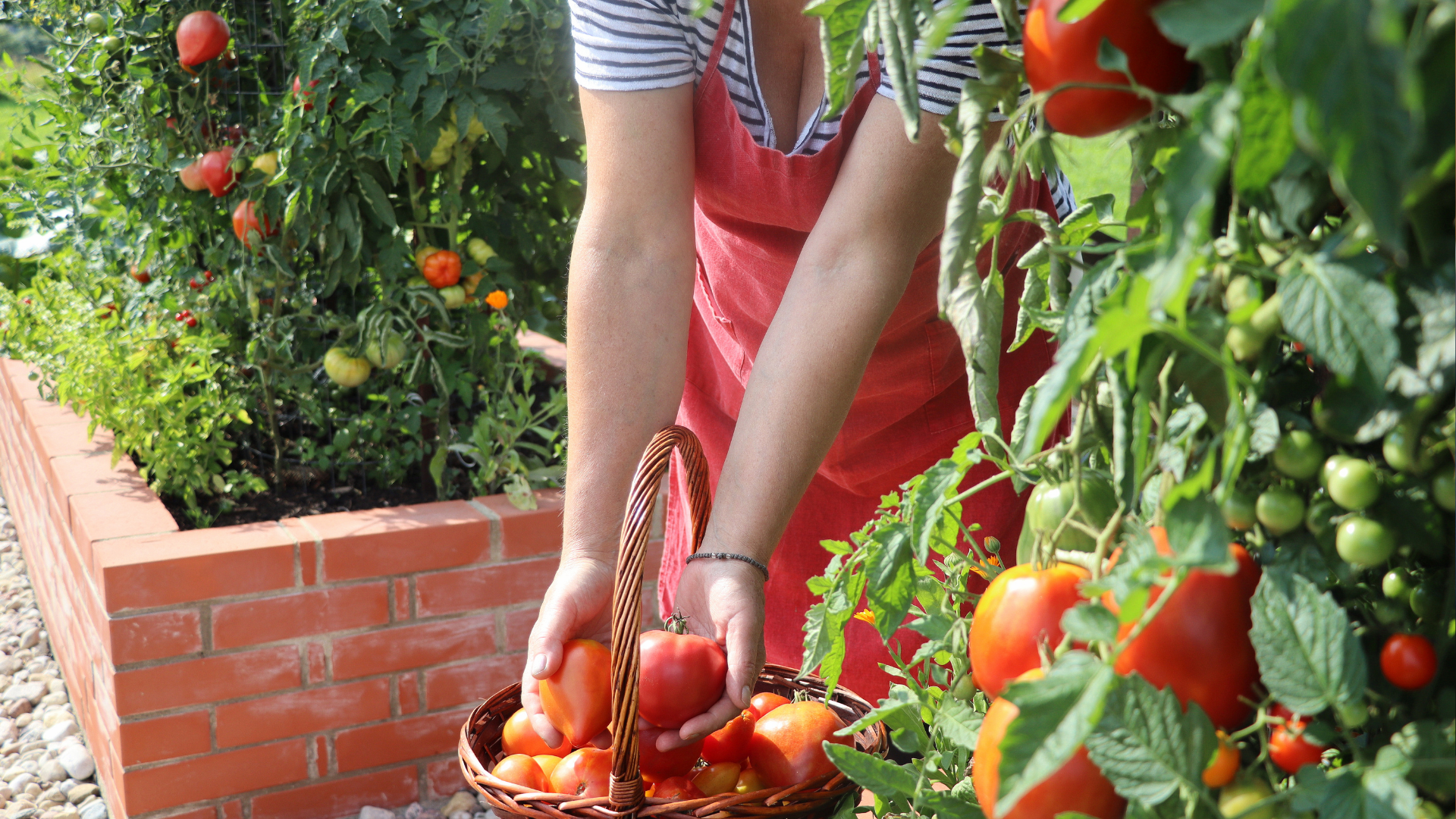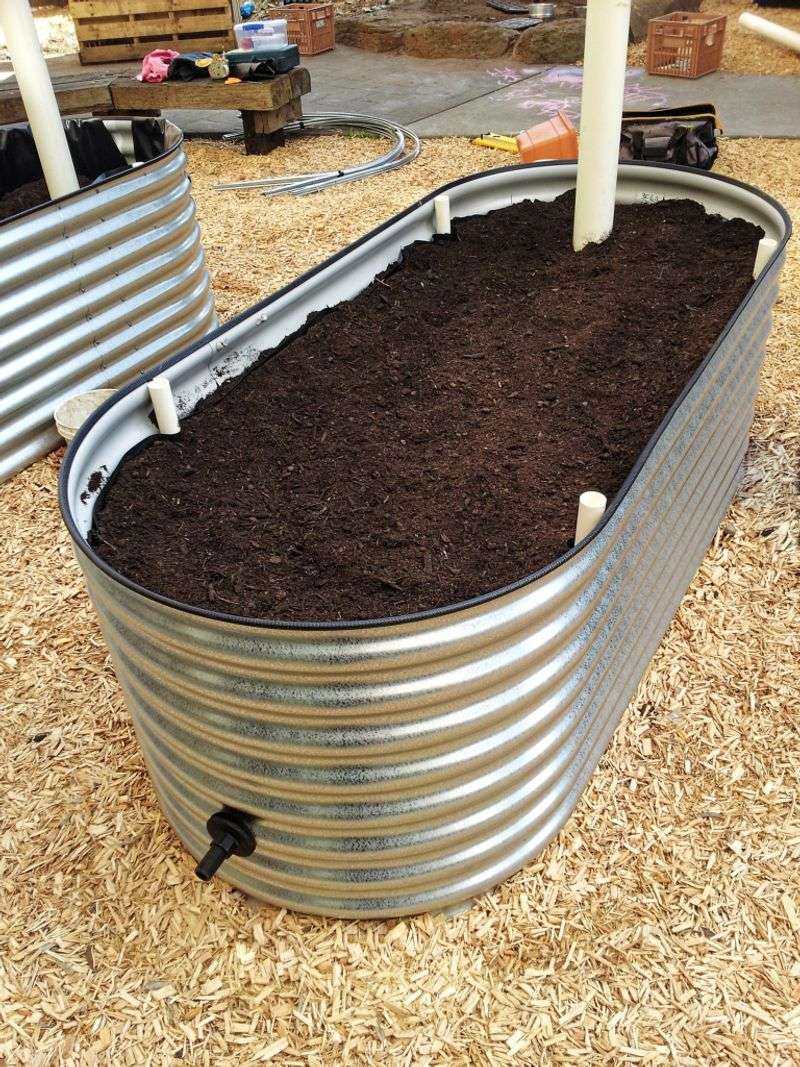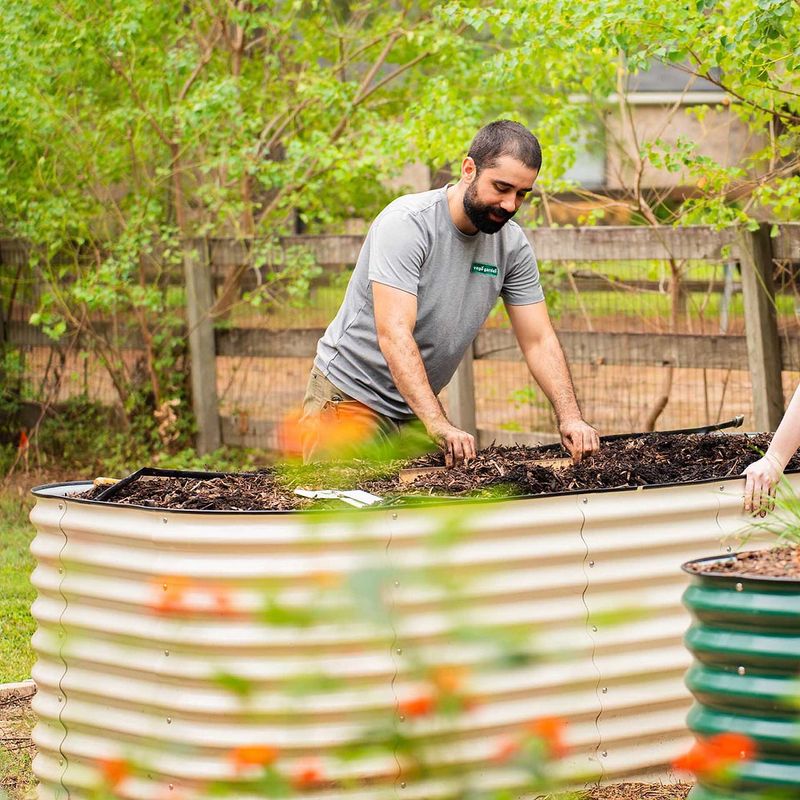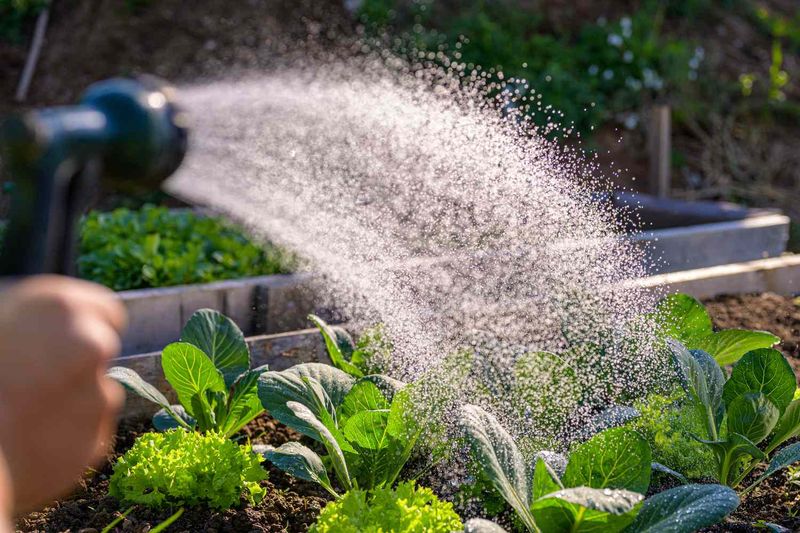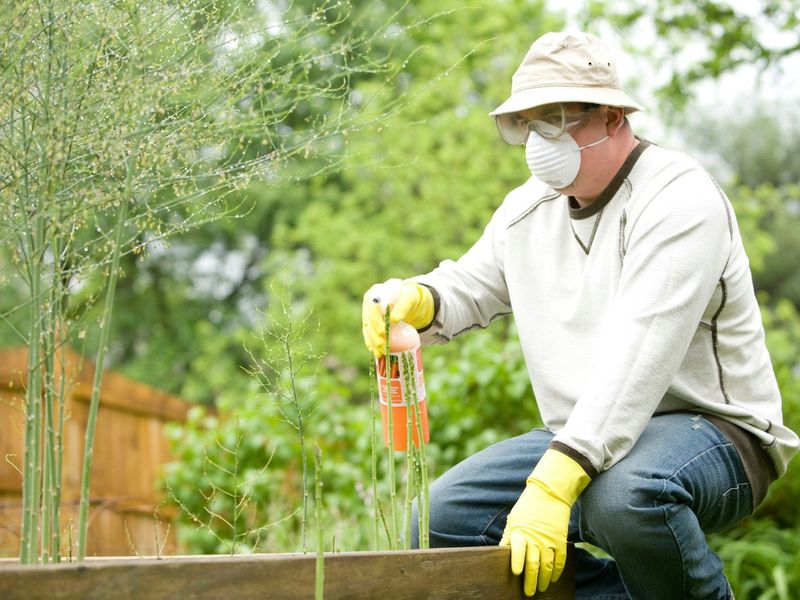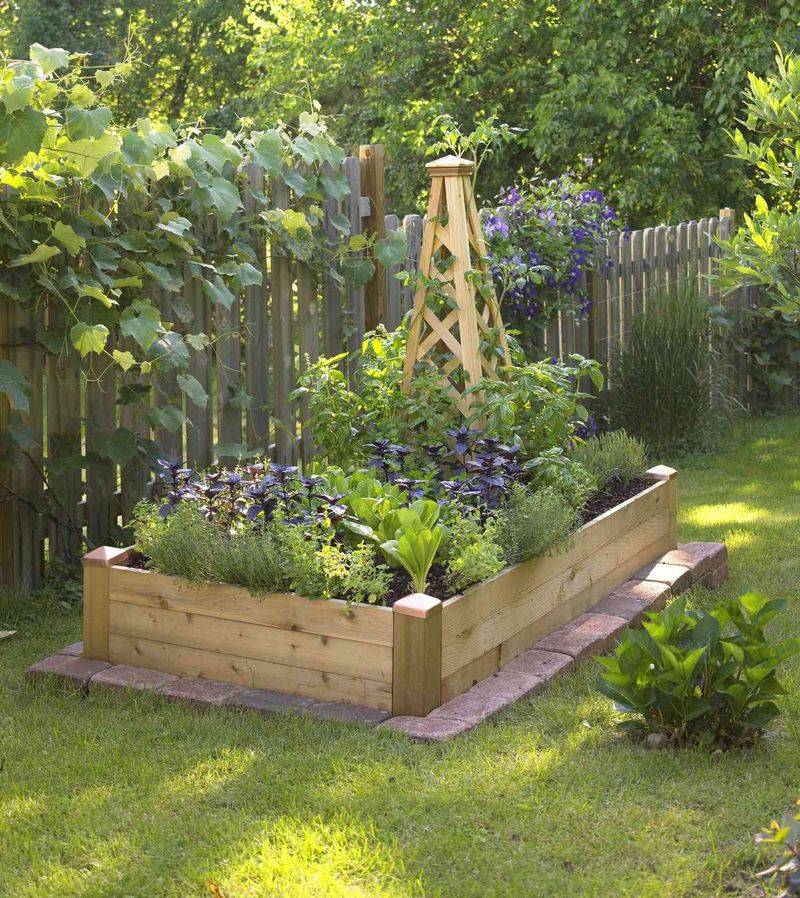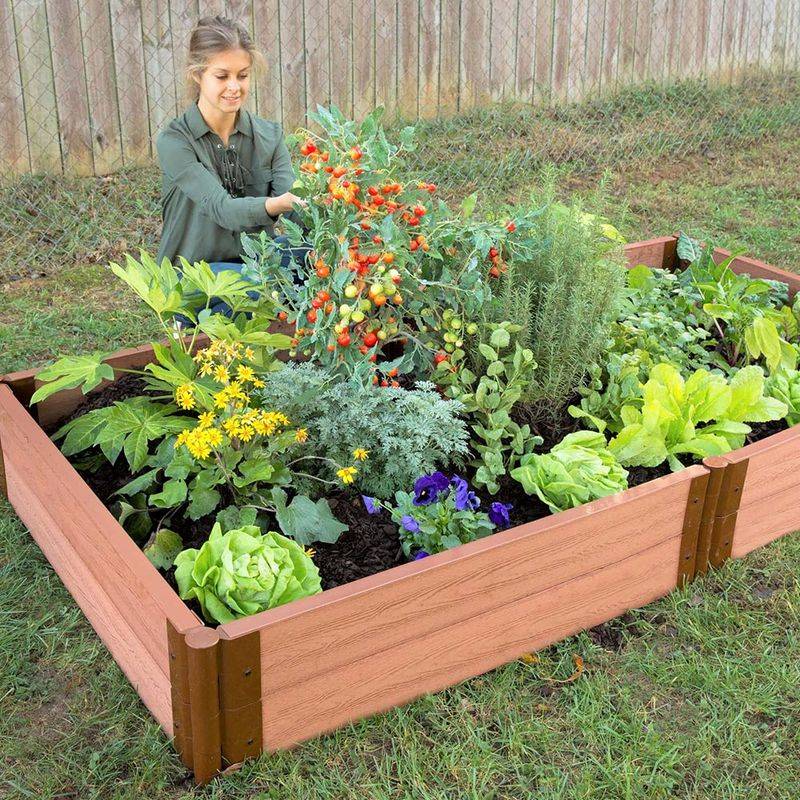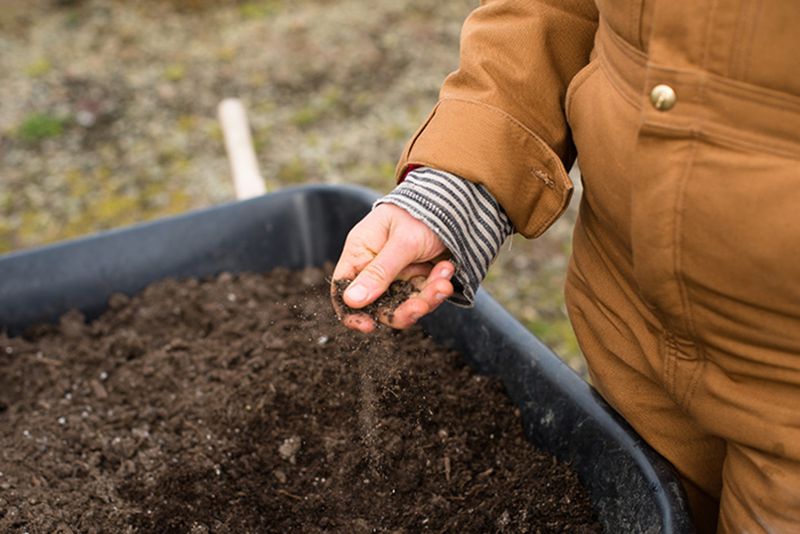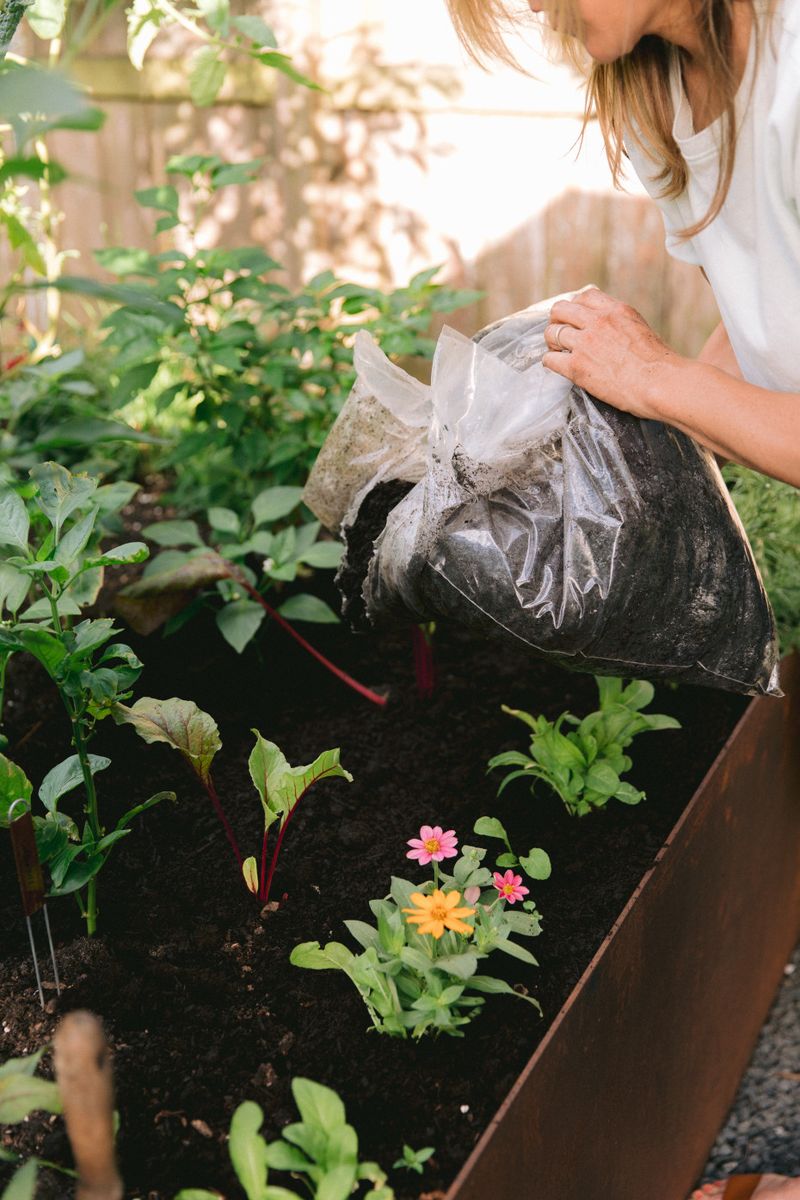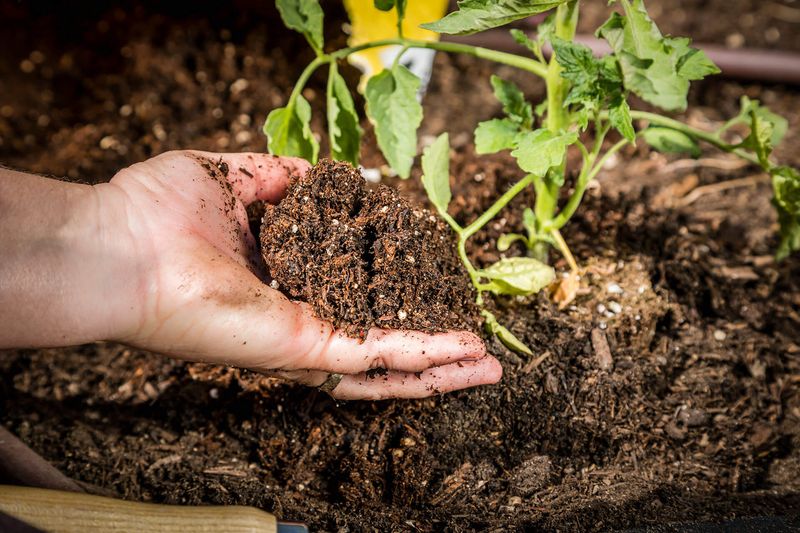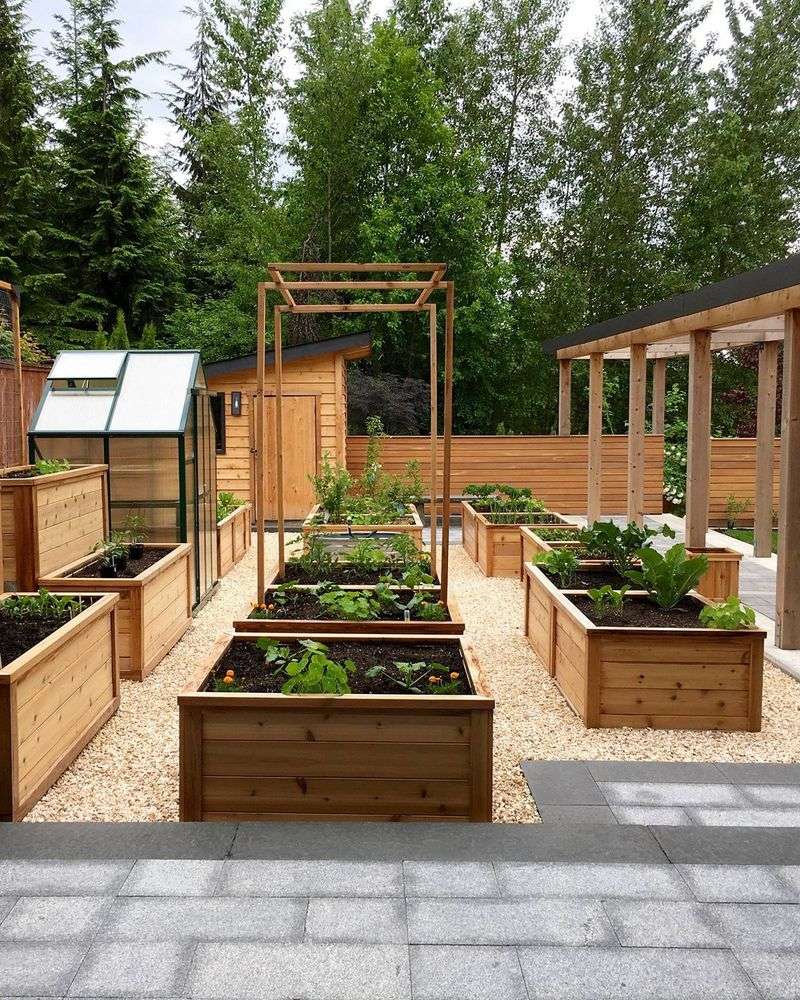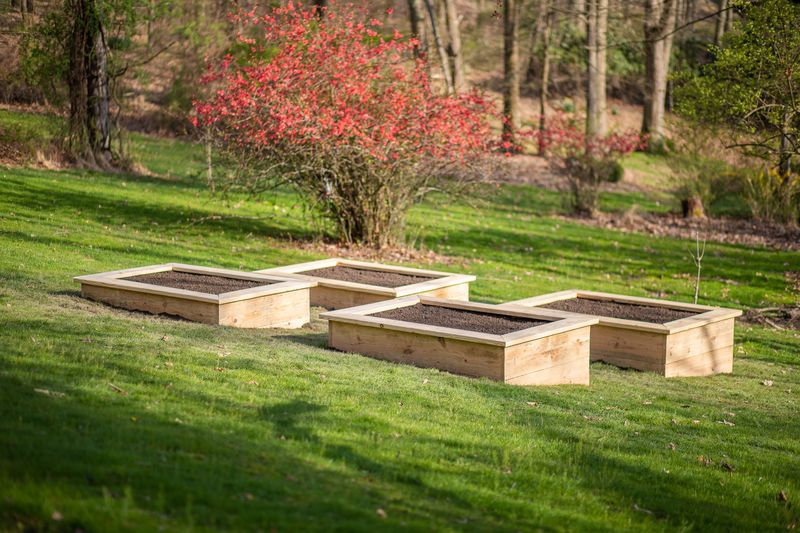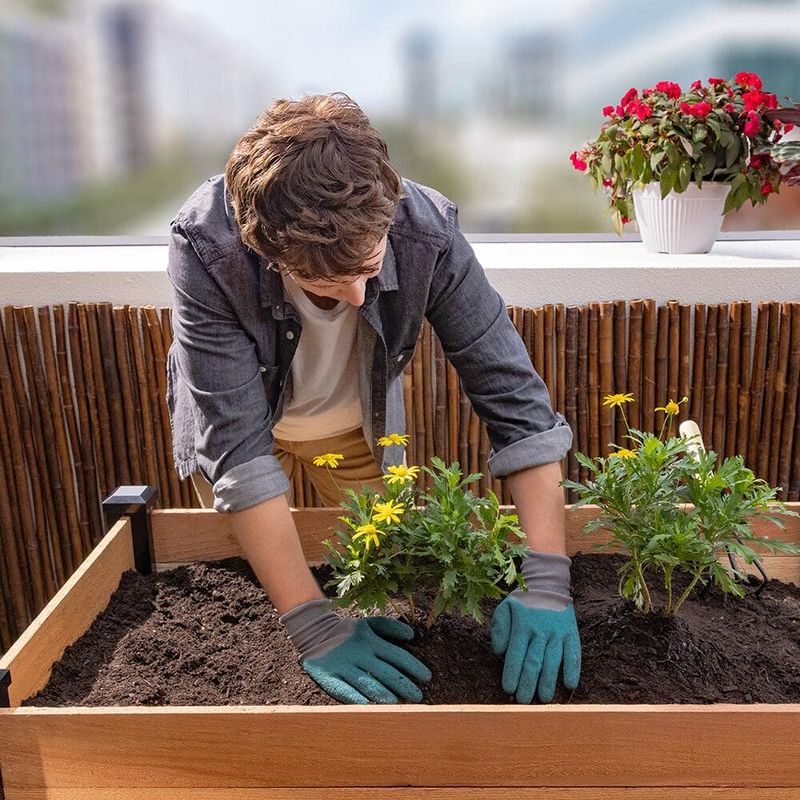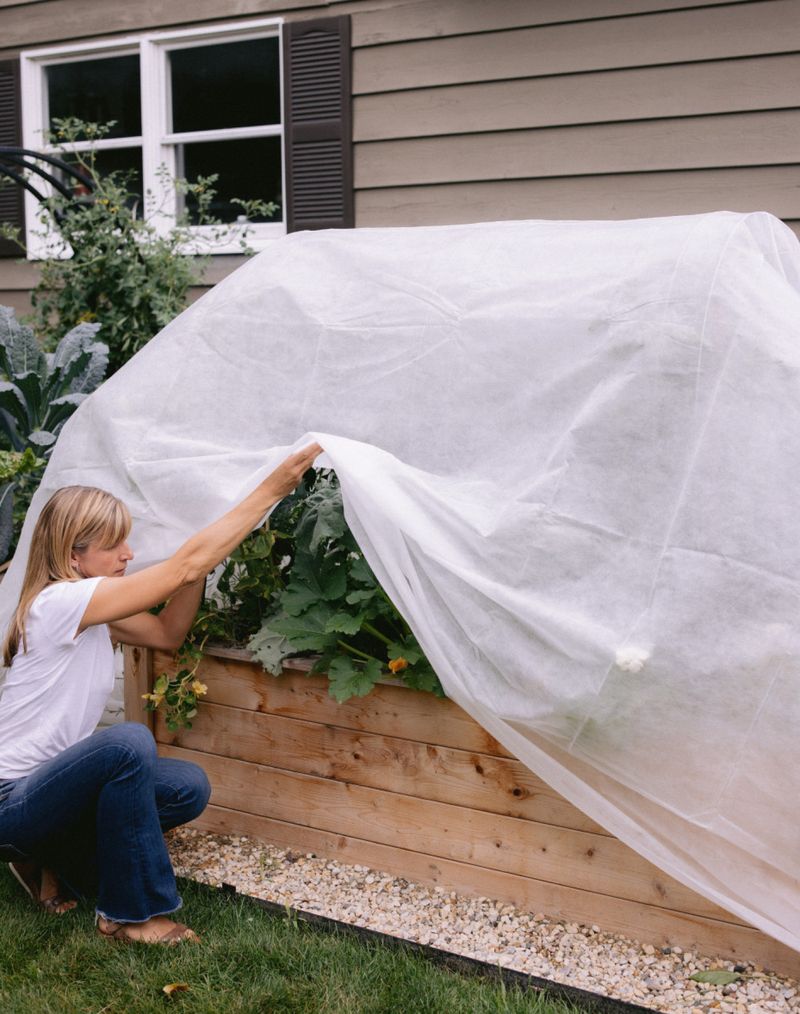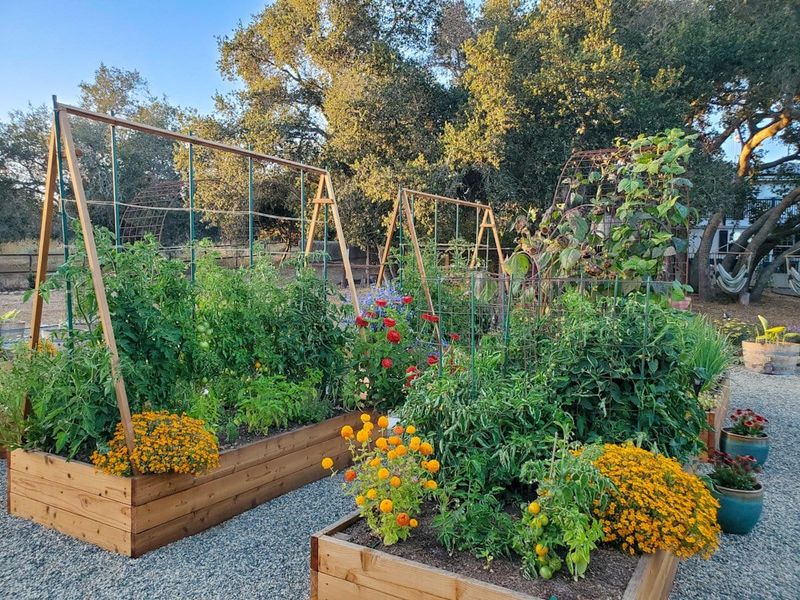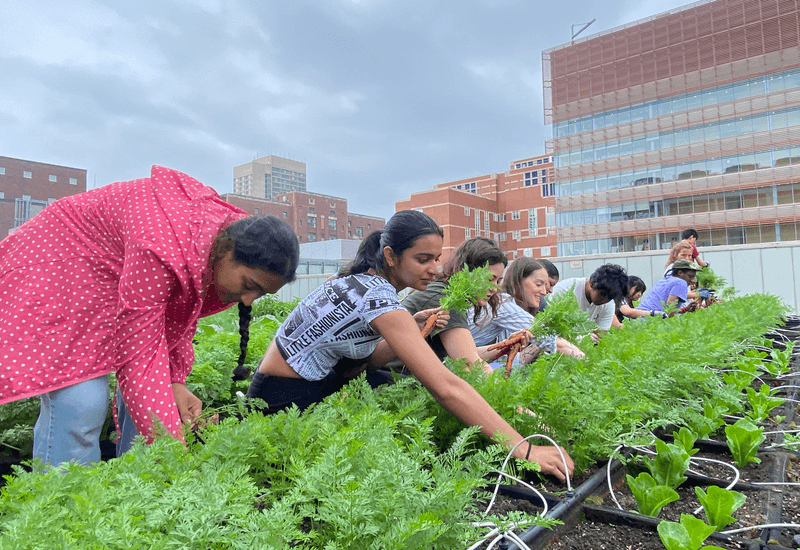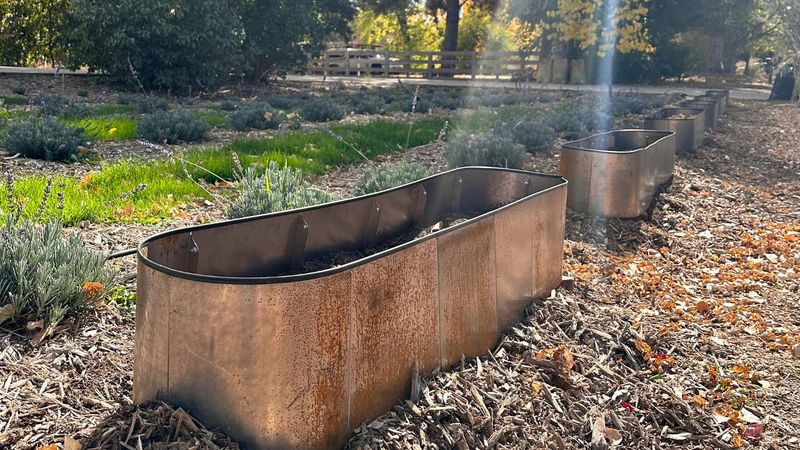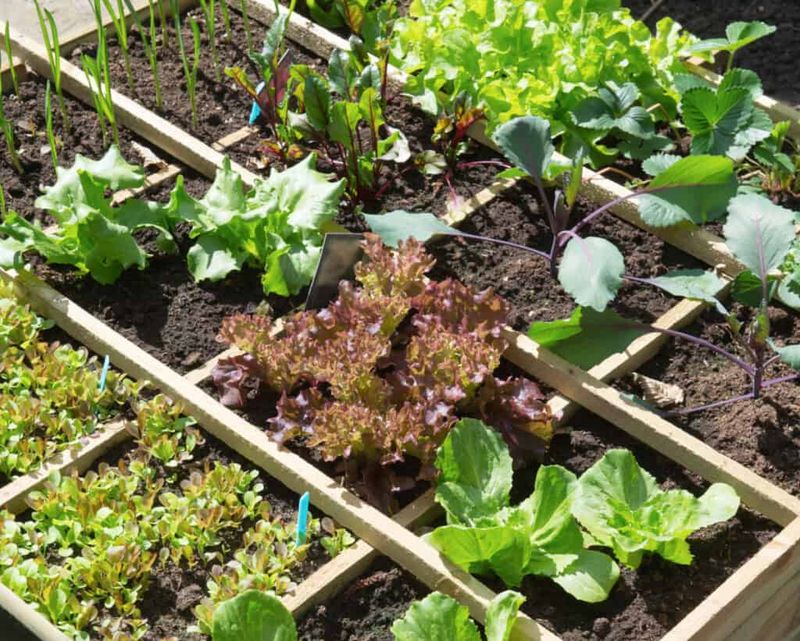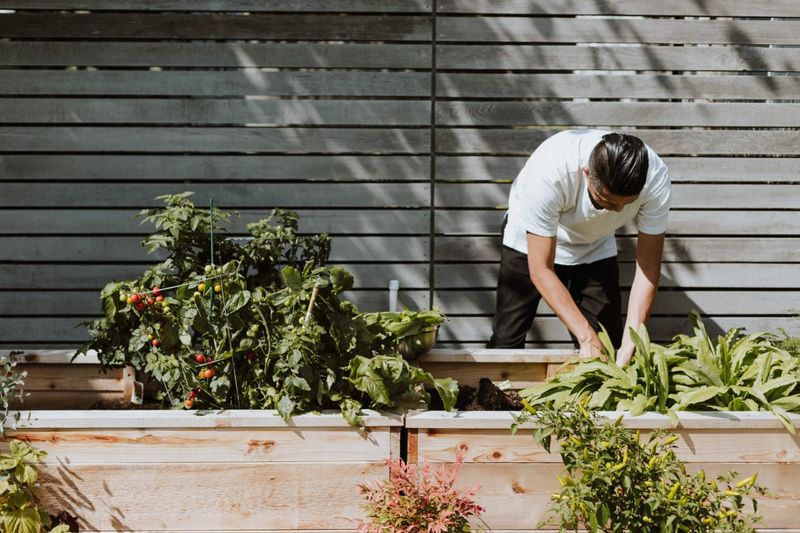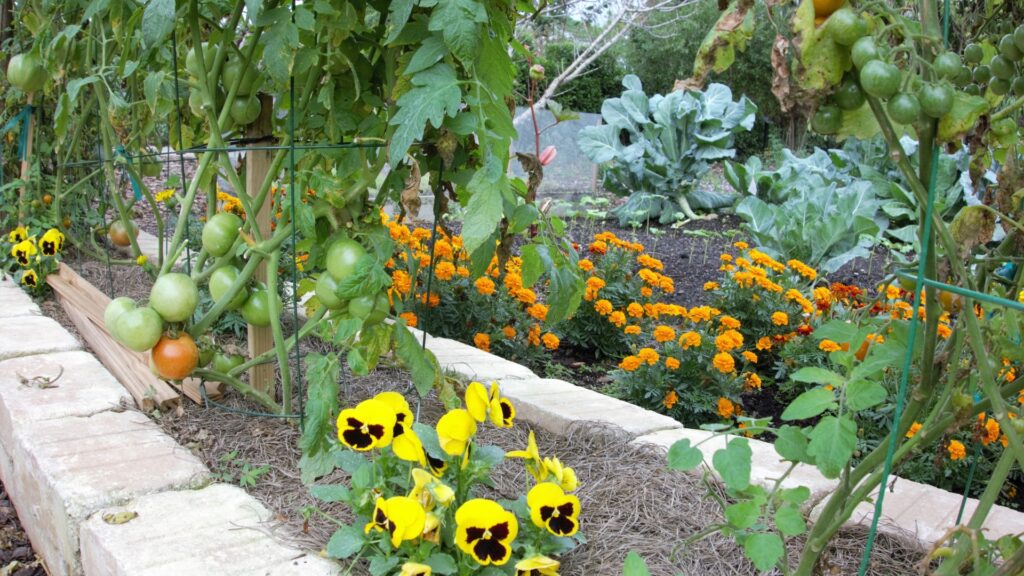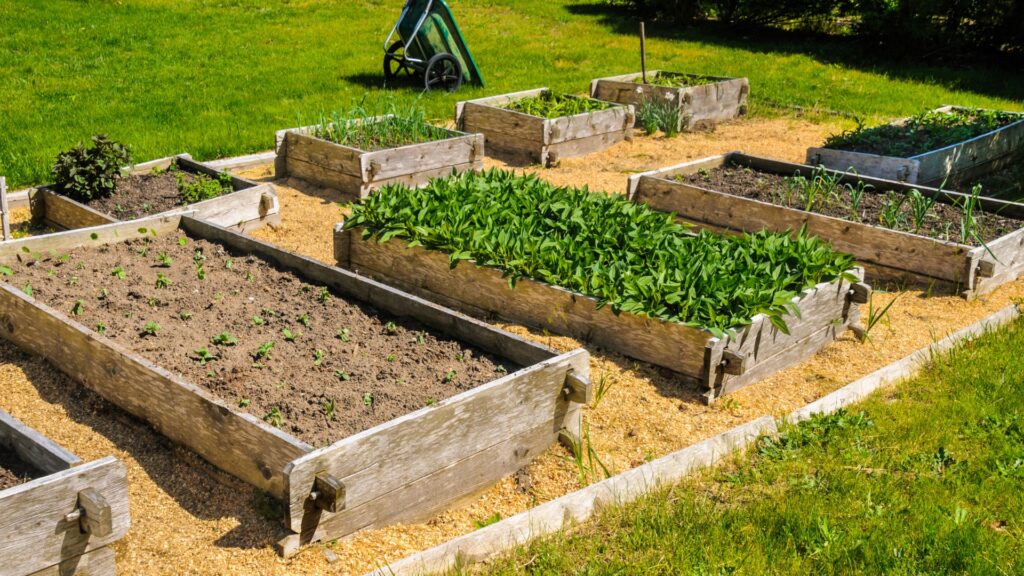Have you ever looked at a patch of dirt and thought, There has to be a better way to grow veggies? Well, I’ve been there too!
After my back complained for the hundredth time while I was hunched over my garden, I decided to try raised beds. Let me tell you, it’s like the universe smiled down on me and whispered, This is the way!
Raised bed gardening takes the pain out of planting, literally, and adds some extra fun to the mix. Whether you’re a garden rookie or a seasoned pro, there’s always something new to try.
1. Pro: Improved Soil Drainage
Imagine you can control the consistency of your soil. Raised beds let you do just that! With better soil drainage, your plants won’t sit in water, reducing rot risks.
The raised structure naturally encourages water to move downwards, away from plant roots. Even after heavy rains, your plants are safe from drowning, allowing them to flourish.
Plus, you can fill the bed with a perfect soil mix, bypassing the existing poor garden soil. This feature enhances the health of your veggies, making your garden more productive.
2. Con: Initial Setup Cost
Starting with raised beds can pinch your wallet. From buying quality wood or materials to soil and seeds, it adds up. Some also opt for fancy kits that come at a premium.
But, consider it an investment for long-term benefits. Sure, the upfront cost is daunting, but over time, the yields can offset this.
DIY enthusiasts might save by using recycled materials. So, while the initial expenditure is a deterrent, the joy of harvesting your vegetables often outweighs it.
3. Pro: Easier on the Back
Gone are the days of endless bending over while gardening. I remember the back pain that came with squatting to tend to my plants.
Raised beds were a game-changer for me! Not only did they save my back, but they also made gardening more accessible for my older family members.
We’ve been able to share the joy of gardening without the physical strain, and even my little ones love reaching into the beds without needing a stool.
4. Con: Increased Watering Needs
Raised beds dry out faster than in-ground gardens. Because they’re elevated, they get more air circulation, which means more evaporation.
Especially in hot climates, this can be a constant task. As the sun beats down on a lovely summer day, the soil can dry quickly.
However, with mulching and drip irrigation, this can be managed. So, while it demands more attention, the reward of lush vegetables makes it worthwhile.
5. Pro: Better Pest Control
Keeping pests away is easier in raised beds. The elevation acts as a deterrent for some ground-dwelling critters. Also, barriers like nets fit snugly over them, protecting your produce.
Imagine fewer encounters with those pesky invaders! The separated nature of beds also helps with targeted pest control.
This means less pesticide use and more organic gardening. Raised beds offer a natural advantage in maintaining a healthy, pest-free garden environment.
6. Con: Limited Space
Space can be a limiting factor with raised beds. Especially in urban areas, where every square inch counts, fitting multiple beds might be challenging.
You might find yourself prioritizing which veggies to grow. While compact, they can’t replace larger plots for extensive planting. However, their efficiency often compensates for their size.
Even with limited space, raised beds allow for intense planting, maximizing yields in a small area. It’s a balancing act between space and productivity.
7. Pro: Extended Growing Season
Raised beds warm up faster in spring. This allows for earlier planting, giving your veggies a head start. Even late into the fall, they hold heat longer, extending the growing season.
Imagine tasting fresh salad greens while others are just starting to plant theirs! This boost in time can mean multiple harvests per season.
The extended season is a boon for those eager to keep their gardens productive longer. It’s like having a secret weapon in your gardening toolkit.
8. Con: Soil Temperature Fluctuations
Temperature swings can surprise you in raised beds. While they heat quickly, they also lose warmth fast. Nights can be a shocker for young plants.
These fluctuations can stress plants, affecting growth. However, using covers or mulch can moderate this.
Despite the challenges, understanding the quirks of your raised bed’s microclimate can turn this into an advantage. It’s all about managing the conditions to suit your plants’ needs.
9. Pro: Customizable Soil Composition
Tailoring soil mix is a gardener’s dream! Raised beds offer the luxury of creating the perfect soil blend. Whether sandy, loamy, or clay, you decide what’s best for your plants.
Store-bought soil or homemade compost can enrich your garden, ensuring nutrients are just right. This customization boosts plant health and yield.
It’s like having your very own soil laboratory. The ability to refine soil structure means healthier veggies and more bountiful harvests.
10. Con: Limited Root Depth
Deep-rooted veggies might struggle in raised beds. Because the soil depth is often shallow, certain plants can’t reach their full potential.
This limitation can be frustrating for those wishing to grow carrots, parsnips, or deep-rooting tomatoes. However, choosing the right plants or building deeper beds can solve this.
It’s all about understanding and working with the limitations to optimize growth. Strategies like this help in making the most out of your raised bed garden.
11. Pro: Neat and Tidy Appearance
Raised beds aren’t just functional, they’re eye-catching! I love how they instantly tidy up a chaotic garden space, giving it a clean, polished look.
The neat rows of plants feel like a design statement, turning my garden into a picturesque haven. Plus, they make it easier to move around and tend to the plants, keeping everything organized.
Every time I have friends over, they can’t help but admire the aesthetic layout. Raised beds have truly transformed my garden into a space that’s both beautiful and practical!
12. Con: Permanent Setup
Once installed, moving raised beds isn’t easy. They become a permanent fixture in your garden. This lack of flexibility might be inconvenient if you decide to redesign your garden later.
However, good planning can mitigate this. Choosing the right spot initially saves future hassle. Although the permanence can be a limitation, it also means you’ve got a stable garden foundation.
Just ensure the placement is ideal from the start.
13. Pro: Efficient Use of Resources
Raised beds make resource management a breeze. Water, compost, and nutrients are directed exactly where needed. This minimizes waste and maximizes efficiency, especially in smaller gardens.
You can focus efforts on specific areas, ensuring every drop and crumb is put to good use. The strategic use of resources optimizes growth and minimizes environmental impact.
This approach reflects a modern, sustainable gardening method. Raised beds are perfect for the eco-conscious gardener.
14. Con: Possible Soil Erosion
Soil erosion can sneak up on you in raised beds. Heavy rains can wash away the top layer, taking nutrients with it. This can be disheartening after working hard to create the perfect soil mix.
Fortunately, solutions like mulching or planting cover crops exist. These methods hold soil in place and retain moisture.
While erosion is a concern, proactive measures can mitigate its impact. Keeping a watchful eye helps maintain soil health and structure.
15. Pro: Easy to Protect from Weather
One of the best things about raised beds is how they handle unpredictable weather. I’ve been able to add covers or cold frames easily, protecting my plants from frost and strong winds.
It’s like giving my garden a cozy little greenhouse, which has been a lifesaver during chilly nights! The peace of mind that comes with knowing my plants are safe makes gardening so much more enjoyable.
With raised beds, I’m ready for whatever weather comes my way, and my plants stay snug and happy!
16. Con: Potential Overcrowding
Space constraints can lead to overcrowding in raised beds. When planting too closely, plants compete for nutrients, water, and light.
This can stunt growth and reduce yields. The temptation to plant many varieties in limited space often leads to this issue. Planning helps avoid overcrowding.
Proper spacing ensures each plant gets its share, leading to healthier growth. It’s all about knowing your bed’s limits and planting wisely.
17. Pro: Accessibility in Urban Areas
Urban gardening is made possible with raised beds. They fit into small spaces like balconies or rooftops. City dwellers can enjoy fresh produce without a backyard.
This accessibility brings nature to the concrete jungle. Despite limited space, they allow urbanites to cultivate their greens.
Raised beds make gardening inclusive, offering a taste of homegrown veggies for apartment residents. They’re a bridge between urban life and nature.
18. Con: Possible Material Deterioration
Materials used in raised beds can degrade over time. Wooden beds, especially, are prone to rot and decay. Exposure to elements accelerates this process.
It can be frustrating after investing time and money. However, choosing durable materials like treated wood or composites can extend lifespan. Regular maintenance also helps.
While deterioration is inevitable, careful selection and upkeep prolong usability. It’s about balancing aesthetics, cost, and durability for lasting enjoyment.
19. Pro: Encourages Experimentation
Raised beds invite creativity in gardening. Their structure and soil control allow experimentation with various plants. You can trial different vegetables or planting techniques.
This can be exciting, as each bed becomes a unique project. The flexibility encourages both novice and seasoned gardeners to explore new varieties.
It’s like having a personal lab for your green adventures. Raised beds spark curiosity, leading to discoveries and delightful surprises in your garden.
20. Con: Maintenance Requirements
Maintaining raised beds is a bit like caring for a pet. You have to give it regular attention. Weeds can sneak in, and occasional repairs are necessary.
I’ve learned that staying on top of upkeep helps me stay connected with my garden and understand its needs.
It’s a rewarding process that deepens the bond I have with my plants, and every moment of effort pays off when I see them flourishing!
21. Pro: Great for Companion Planting
Raised beds are tailor-made for companion planting. With defined spaces, it’s easy to group plants that benefit each other—like basil next to tomatoes or carrots beside onions.
This method helps naturally deter pests, improve pollination, and even enhance flavors. Plus, it’s a fun way to play matchmaker in your garden!
You’ll start noticing how some plants just click together, creating a mini ecosystem that thrives in harmony. Raised beds give you the perfect layout to test and fine-tune these dynamic duos.
22. Con: Requires More Planning
Jumping into raised bed gardening isn’t as carefree as tossing seeds in the ground. Because space and soil are limited, you need to plan your layout, timing, and plant pairings carefully.
I’ve had moments where poor spacing or succession timing led to stunted growth or wasted space. It’s a bit like solving a puzzle each season.
But with a little forethought and some trial-and-error, it becomes second nature. The upfront planning may seem like a hassle, but it ultimately leads to a more productive and organized garden.

